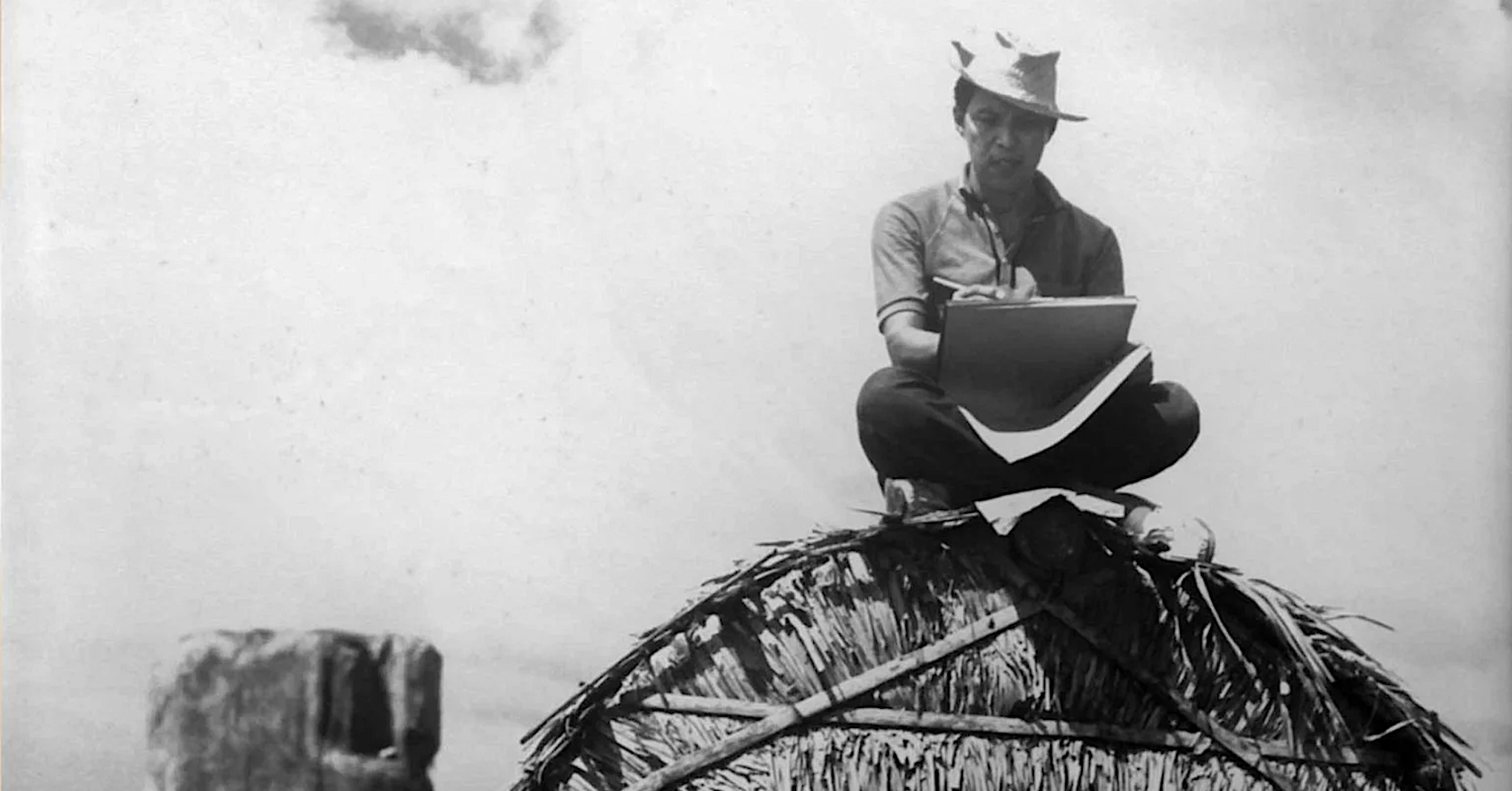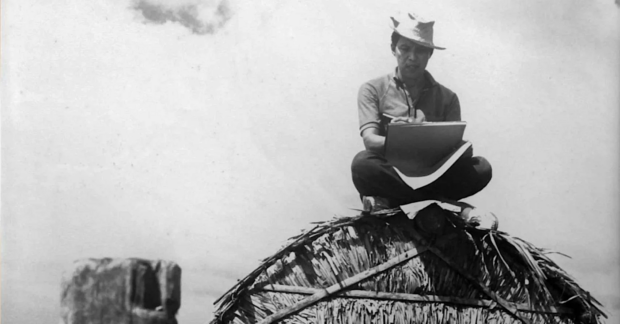
ON APRIL 16 and 17, a group of mountaineers composed of amputees, medical students and partner organizations set out north of Manila for a trail that took them 3,600 feet above sea level, and through the rough terrain and steep cliffs of Mt. Tarak in Mariveles, Bataan.
The formidable Tarak is not a climb generally recommended for first-timers, much less amputees. The name should provide enough of a clue—it’s a curious combination of tabak (hunting knife) and tarik (steep)—perfect descriptors for 75-degree inclines, sharp rocks and sprawling roots that characterize the mountain face.
10 years in the making
This wasn’t, however, a spur-of-the-moment weekend climb for fun-seekers. This activity was 10 years in the making.
It was in 2006 when members of the Mu Sigma Phi of the University of the Philippines’ College of Medicine established an amputee support group for patients of the Philippine General Hospital. At first, they partnered with the Department of Rehabilitation Medicine to provide amputees with prosthetic devices.
Eventually, the group’s growing number and good working relationships paved the way for a series of projects that sought to promote the welfare of amputees in particular and the differently abled in general.
The “Amputee Climb” to Mt. Tarak saw four months of intensive preparations from both the organizers and the participants—preparations that included a climb orientation and basic mountaineering course, incline running for endurance, and a customized exercise program specifically designed to strengthen muscles necessary for hiking and climbing. Participants also received mountaineering equipment from Rhinox Outdoor Gear, which copresented the event.
None of that would’ve mattered if the group did not accomplish what it set out to do—and, initially, it seemed like it wouldn’t. Normally, Tarak can be climbed from a jump-off point to Tarak Ridge in about seven hours.
But eight hours into the climb, the last of the four teams the large group was divided into had not yet reached the first campsite (normally a three-hour trek). Also, teams needed frequent stops due to pain and prosthesis-related concerns. Even accounting for the unique situation they were in, it was still an undeniably slow pace. The teams asked, “Should we stop here?”
But surely, and with the same tenacity and doggedness that you only see from people who have been fighting for most of their lives, the participants soldiered on. Regrouping to rest, eat and have fellowship, they set up camp under the trees and beside the streams of Papaya River as dusk closed in.
Slowly and steadily
In the wee hours of the following morning, they trod on, slowly and steadily side-stepping rocks, ducking tree trunks and hoisting themselves up over the steep trail. Below-the-knee amputees, above-the-knee amputees and congenital amputees were both challenged and fulfilled by this physically and mentally demanding task.
Finally, as the sun’s rays broke over the grassy clearing at the top of the mountain, its light shining over and into the waters of the West Philippine Sea, the group of 40 finally reached the famous Tarak Ridge, clocking almost 12 hours of collective hiking.
With nine amputees on board—Al Fernandez, Reymond Ilagan, Joy Habana, Wilbert Ang, Mon Anievas, Manny Lobrigo, Jeff Byteng, Mel Santos and Lhea Medrano—the team set the national record for most number of amputee-participants in a major climb.
“This is a record meant to be beaten,” said Mu Sigma Phi project head Job Ayahao. “It should serve as an open challenge to all climb enthusiasts to continue to prove that the outdoors are for everyone, by trying to beat our record.”
Lorenzo de Guzman, Mu Sigma Phi service committee head, noted that the long-term goal for the project is for it to be adopted completely by the differently abled community. “It is their project. We will stay to help if needed but, ultimately, we should not.”
In the end, the Amputee Climb stayed true to its mantra of “mind over mountain.” Since then, the participants have returned to their daily lives, bringing home a little bit of Tarak and the sunshine, as well as the exhilarating experience of overcoming adversity, of triumph and achievement, while planning for their next great adventure.
For more information on the project, visit “MUbility: Amputee Climb” on Facebook.













































